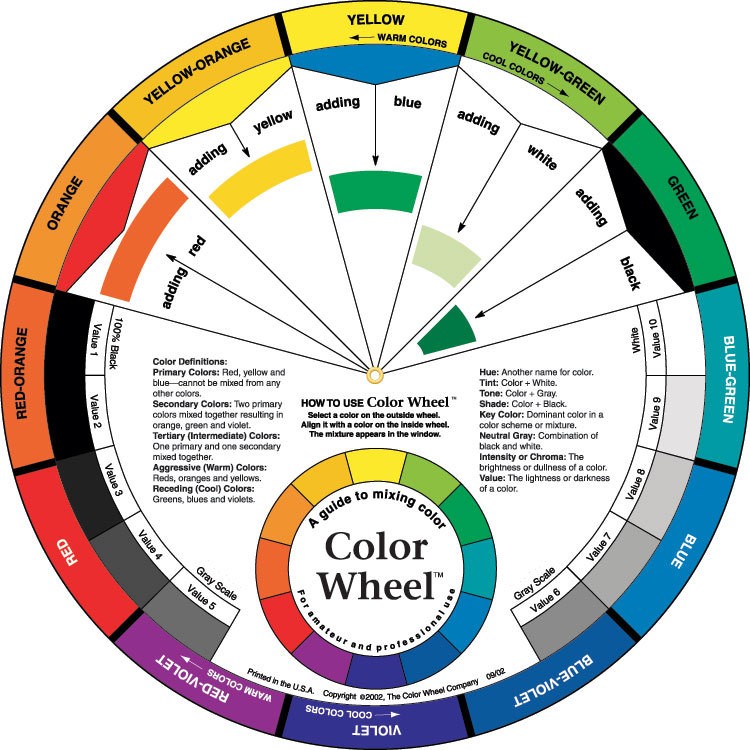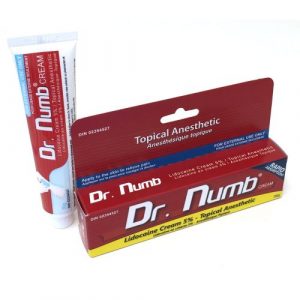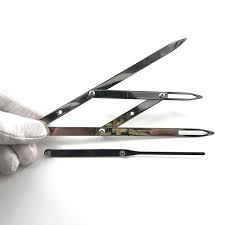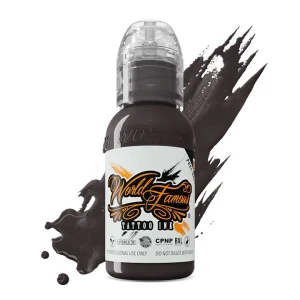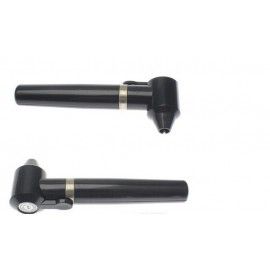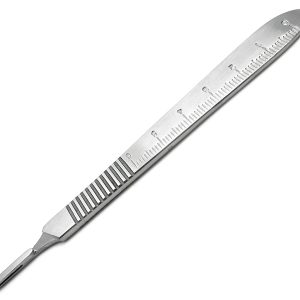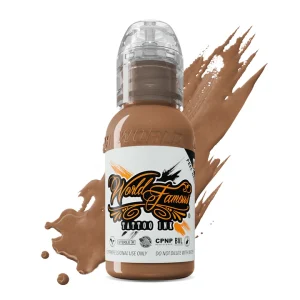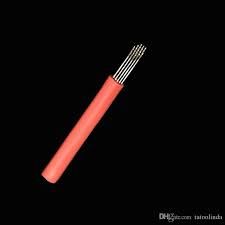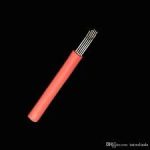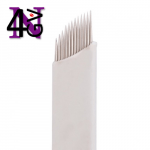R150.00 Original price was: R150.00.R65.00Current price is: R65.00.
Availability: 4 in stock
SKU
COWH-PEMA-01
Categories Eyebrow Accessories, Permanent Makeup, Pigments
Tags colour theory, colour theory lessons, colour theory pigments, colour theory psychology, colour wheel art, colour wheel black and white, colour wheel primary and secondary colours, colour wheel template, digital colour theory, dulux colour wheel free download, permanent eyebrows turned blue, permanent makeup, pigment colours, pmu training, purple colour theory
Understanding Colour Theory
- Colour Selection: A colour wheel helps artists choose the right pigments for achieving desired shades, ensuring the final look matches the client’s expectations.
- Complementary Colours: Artists use the wheel to identify complementary colours that can neutralize unwanted tones, such as correcting overly red or green hues in the skin.
Customizing Pigments
- Mixing Colours: The colour wheel guides artists in mixing different pigments to create custom colors tailored to individual clients.
- Achieving Natural Results: By understanding how colours interact, artists can blend pigments to match natural skin tones, enhancing the realism of the makeup.
Correction and Neutralization
- Colour Correction: When dealing with existing permanent makeup, the colour wheel helps identify which pigments to use to correct or neutralize unwanted colours.
- Balancing Undertones: It aids in balancing warm and cool undertones, ensuring that the makeup looks harmonious with the client’s natural complexion.
Client Consultation
- Visual Aid: The colour wheel serves as a visual tool during consultations, helping clients understand the proposed colour choices and the rationale behind them.
- Setting Expectations: By explaining colour theory, artists can set realistic expectations about the results and longevity of the permanent makeup.
Technical Precision
- Consistency: It ensures consistency in colour application, especially important for procedures requiring multiple sessions.
- Precision in Application: Understanding colour relationships helps artists apply pigments more precisely, avoiding common pitfalls like colour fading or shifting over time.
In summary, the colour wheel is a fundamental tool for permanent makeup artists, enhancing their ability to create beautiful, customized, and natural-looking results while providing a basis for clear communication with clients.
Related Products
 Quick ViewAdd to cart
Quick ViewAdd to cart Quick ViewAdd to cart
Quick ViewAdd to cart Quick ViewAdd to cart
Quick ViewAdd to cart- Dermaplaning
Dermaplaning #3 Scalpel Handle
R50.00Original price was: R50.00.R25.00Current price is: R25.00.  Quick ViewAdd to cart
Quick ViewAdd to cart

